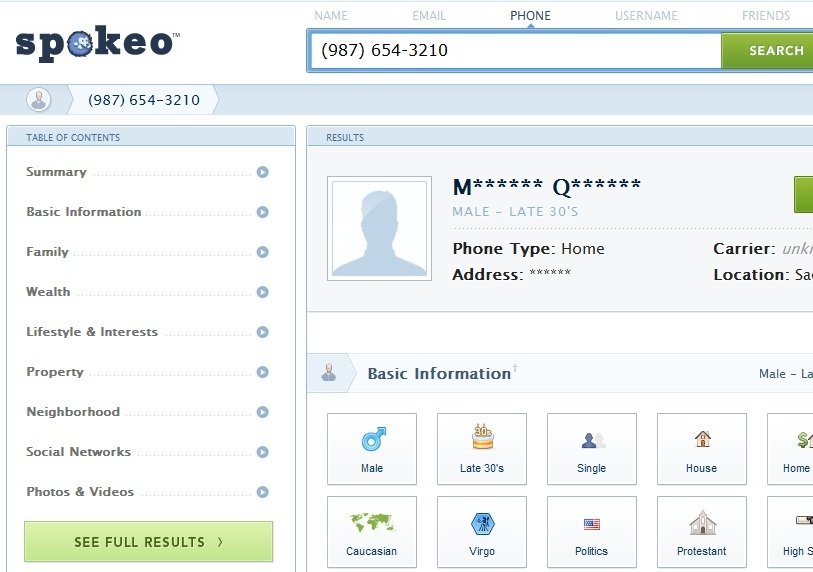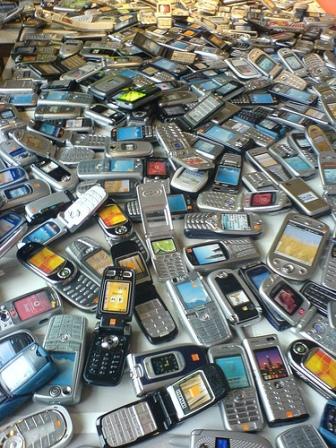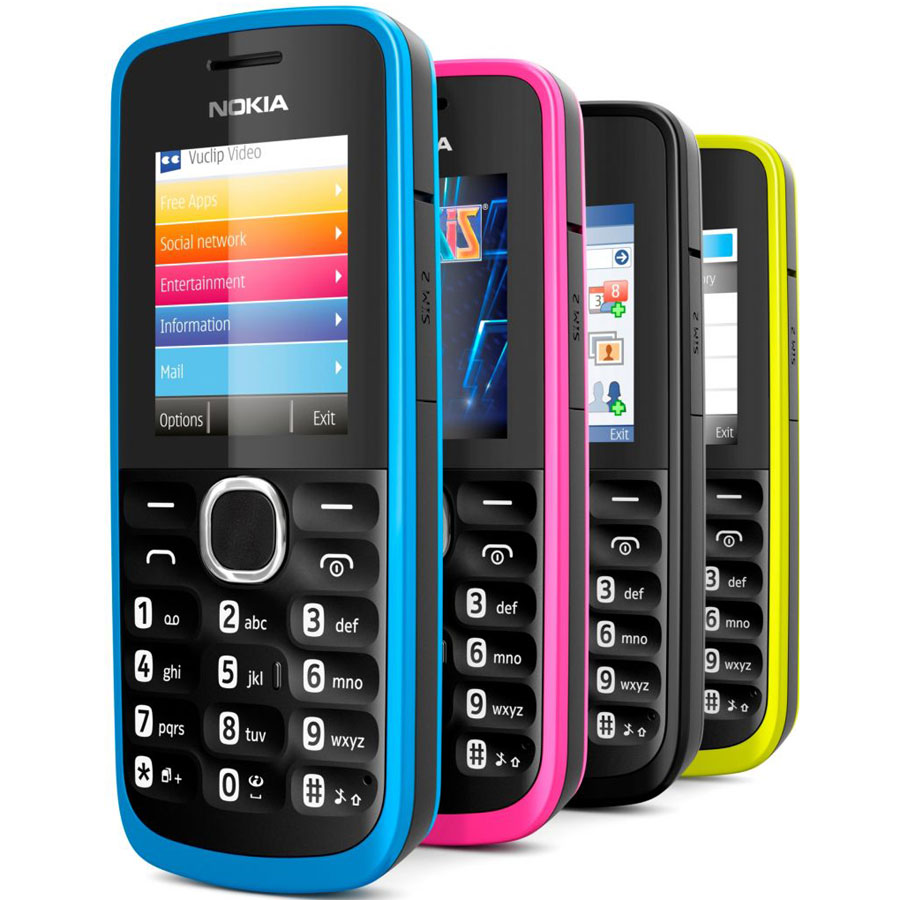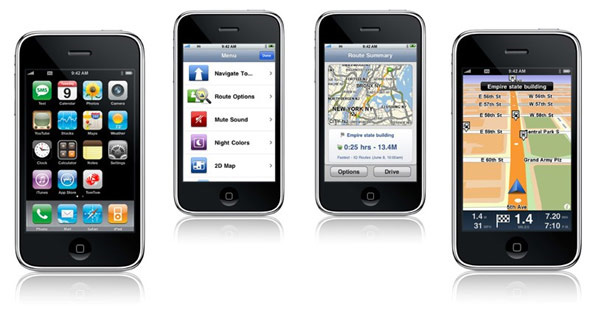411 Reverse Phone Biography
Source(google.com.pk)
Background
Facioscapulohumeral muscular dystrophy (FSHD) is an autosomal dominant muscle disorder, which is linked to the contraction of the D4Z4 array at chromosome 4q35. Recent
studies suggest that this shortening of the D4Z4 array leads to aberrant expression of double homeobox protein 4 (DUX4) and causes FSHD. In addition, misregulation of microRNAs
(miRNAs) has been reported in muscular dystrophies including FSHD. In this study, we identified a miRNA that is differentially expressed in FSHD myoblasts and investigated its
function.
Methods
To identify misregulated miRNAs and their potential targets in FSHD myoblasts, we performed expression profiling of both miRNA and mRNA using TaqMan Human MicroRNA Arrays
and Affymetrix Human Genome U133A plus 2.0 microarrays, respectively. In addition, we over-expressed miR-411 in C2C12 cells to determine the effect of miR-411 on myogenic
markers.
Results
Using miRNA and mRNA expression profiling, we identified 8 miRNAs and 1,502 transcripts that were differentially expressed in FSHD myoblasts during cell proliferation. One of the
8 differentially expressed miRNAs, miR-411, was validated by quantitative RT-PCR in both primary (2.1 fold, p<0.01) and immortalized (2.7 fold, p<0.01) myoblasts. In situ
hybridization showed cytoplasmic localization of miR-411 in FSHD myoblasts. By analyzing both miRNA and mRNA data using Partek Genomics Suite, we identified 4 mRNAs
potentially regulated by miR-411 including YY1 associated factor 2 (YAF2). The down-regulation of YAF2 in immortalized myoblasts was validated by immunoblotting (−3.7 fold,
p<0.01). C2C12 cells were transfected with miR-411 to determine whether miR-411 affects YAF2 expression in myoblasts. The results showed that over-expression of miR-411
reduced YAF2 mRNA expression. In addition, expression of myogenic markers including Myod, myogenin, and myosin heavy chain 1 (Myh1) were suppressed by miR-411.
Conclusions
The study demonstrated that miR-411 was differentially expressed in FSHD myoblasts and may play a role in regulating myogenesis.
Keywords: FSHD, microRNA, miR-411, YAF2, YY1, Myod, myogenin
Go to:
Background
Facioscapulohumeral muscular dystrophy (FSHD) is an autosomal dominant myopathy with estimated prevalence of 1:20,000 [1,2]. The age of onset is often in the second decade of
life with nearly complete penetrance (95%) by age 20 [3]. FSHD is characterized by progressive weakness of different muscle groups, often starting with the facial muscles, followed
by the shoulder girdle muscles, and moving down to the hip girdle and the extremities [4-6]. Many patients also exhibit a marked left-right asymmetry in muscle involvement [4,7,8].
Patients can have additional symptoms such as severe inflammation in muscles, subclinical hearing loss, and peripheral retinal capillary abnormalities [9-11]. Genetic studies of
FSHD have shown that the disease is associated with a deletion of the D4Z4 repeats in the 4q35 subtelomeric region. In individuals without FSHD, this region contains up to 150
copies of the D4Z4 repeats while patients with FSHD only have one to ten copies of the repeat [4,6,12-16].
Each D4Z4 repeat contains a double homeobox protein 4 (DUX4) gene. Several DUX4 splice variants have been reported to be expressed in germ-line cells and myoblasts [17-19].
Although the function of DUX4 is not yet known, the full-length DUX4 transcript (fl-DUX4) has been shown to be cytotoxic in vivo and ex vivo when ectopically expressed [19-23].
Several studies suggested that p53-dependent cell death plays a major role in the cytotoxicity of DUX4 [23-25]. Recent studies have also shown that a combination of two genomic
features is required to cause FSHD. First, the contraction of the D4Z4 repeats causes hypomethylation of the D4Z4 region, allowing DUX4 mRNA to be transcribed [21,26]. Second,
an intact polyadenylation signal in the region distal to the D4Z4 array allows DUX4 transcripts from the last D4Z4 repeat to be polyadenylated and therefore stable for protein
translation. This combination of events leads to the aberrant expression of DUX4 and the downstream molecular changes involved in FSHD [17,21,27]. The aberrant expression of
DUX4 in FSHD has been proposed to inhibit myogenesis by suppressing Myod regulated pathways and inducing muscle atrophy pathways [20,24,28-33]. However, the regulatory
relationship between DUX4 and these pathways is not clear. Currently no effective therapy for FSHD is available. Several pharmacological treatments such as corticosteroids,
albuterol, creatine monohydrate, and anti-human myostatin antibody have been tested for their efficacy of treating FSHD, but none showed promising results [34].
MicroRNAs (miRNAs) are short (~22 nucleotides) non-coding RNAs which regulate gene expression by interfering translation or promoting degradation of target mRNAs [35,36]. A
mature miRNA is generated through several steps. First, a primary-miRNA (pri-RNA) is transcribed and then cleaved to form a pre-miRNA, which is a single hairpin-shaped stem-loop
[37]. Subsequently, the pre-miRNA is exported to the cytoplasm and cleaved into a mature miRNA duplex by Dicer [37,38]. The functional strand is incorporated into the RNA-induced
silencing complex (RISC) to form a miRNA-RISC complex [39,40]. In general, the miRNA-RISC complex will cleave the target mRNA when the target sequence is perfectly
complementary to the miRNA sequence, or it will interfere with translation of the target mRNA when mismatches are present in the target sequence [40,41]. Many miRNAs are
conserved between vertebrates and invertebrates and have been shown to share functions in various cellular processes including embryogenesis, organogenesis, apoptosis, cell
cycle regulation and disease development, including muscle disorders [40-43]. Several miRNAs have been shown to play important roles in muscle differentiation, including the miR-1
and miR-133 families, miR-181, miR-214, miR-24, miR-221 and miR-222 [44-51]. In additional to normal muscle growth and maintenance, miRNAs have also been shown to be
differentially expressed in disease conditions [52-54]. A global miRNA expression profile of 10 muscle disorders was previously performed and showed that 185 out of the 428
miRNAs examined were differentially expressed in at least one of the 10 different muscle disorders [55]. Among the 185 miRNAs, 62 were up-regulated in FSHD while none was
down-regulated. These findings suggest that miRNAs may play a critical role in FSHD, although the mechanisms involved have not been studied. MiR-411 belongs to the miR-379
family and is located in the miR-379/miR-656 cluster within the DLK-DIO3 region on human chromosome 14 [56]. The miR-379/miR-656 cluster is highly conserved in placental
mammals [56]. In mouse brain, the expression of the miR-379/miR-656 gene cluster is likely co-regulated by myocyte enhancing factor 2 (Mef2) and is involved in activity-dependent
outgrowth of hyppocampal neurons [57]. The function of miR-411 in brain or other tissues is currently unknown. In this study we performed miRNA expression profiling using PCR-
based miRNA arrays to identify miRNAs misregulated in FSHD myoblasts. We then used mRNA profiling to identify potential regulatory targets of miR-411, which was significantly
upregulated in the miRNA profiling. We further examined the effects of over-expressing miR-411 in C2C12 myoblasts and its potential role in myogenesis.
Go to:
Methods
Cell culture and immunostaining
Primary myoblasts were obtained from EuroBioBank (Dr. Schneiderat and Dr. Walter) (Additional file 1: Table S1). For expression profiling experiments, cells were cultured in
collagen I-coated flasks with SkGM (Lonza) at 37°C, 5% CO2. For in situ hybridization experiments, cells were seeded on poly-D-lysine/mouse laminin-coated coverslips (BD
BioCoat, BD Biosciences).
C2C12 cells were purchased from ATCC and cultured in growth medium consisting of DMEM (Life Technologies) with 10% heat-inactivated fetal bovine serum (Sigma). Myotube
differentiation was induced by culturing the cells in differentiation medium consisting of DMEM with 2% heat-inactivated horse serum (Sigma) at 37°C, 5% CO2.
Immortalized human myoblasts were from the Boston Biomedical Research Institute and cultured as described in previously published protocol [58,59]. Briefly, immortalized myoblasts
were cultured in a growth medium consisting of medium 199 and DMEM (Life Technologies) in a 1:4 ratio with 0.8 mM sodium pyruvate (Life Technologies), 3.4 g/l sodium
bicarbonate (Sigma-Aldrich), 15% fetal bovine serum (Thermo Scientific), 0.03 μg/ml Zinc sulfate (Fisher), 1.4 μg/ml vitamin B12 (Sigma-Aldrich), 2.5 ng/ml recombinant human
hepatocyte growth factor (Millipore), 10 ng/ml basic fibroblast growth factor (BioPioneer), 0.02 M HEPES (Life Technologies), and 0.055 μg/ml dexamethasone (Sigma-Aldrich) at
37°C, 5% CO2. The culture dish was coated with 0.1% gelatin (Sigma-Aldrich).
Myoblasts purity was determined by performing immunofluorescent staining using anti-human desmin (Dako) antibody. Myoblasts that exhibited greater than 70% desmin-positive
cells were utilized for expression profiling. Immunostaining was conducted as previously described [60]. Briefly, the cells were fixed with 4% paraformaldehyde for 30 minutes, then
blocked with 0.3% Triton X-100, 15% hose serum and 450 mM NaCl in phosphate buffer saline (PBS). Following blocking, fixed cells were incubated with anti-human desmin (Dako)
for 4°C overnight. After washing 3 times, fixed cells were incubated with secondary antibody, DyLight 488-conjugated donkey anti-mouse IgG (Jackson ImmunoRessearch
Laboratories). The slides were mounted using ProLong Gold Antifade Reagent with DAPI (Life Technologies) for further examination.
Total RNA extraction and miRNA expression profiling
To identify differentially expressed miRNA in FSHD primary myoblasts, we performed miRNA expression profiling using proliferating primary FSHD and control myoblasts (n=3,
Additional file 1: Table S1). Total RNA with miRNA enrichment was extracted from cells using mirVana miRNA isolation kit (Life Technologies) according to manufacturer’s protocol.
Following RNA isolation, RNA quality and concentration were determined by gel electrophoresis and NanoDrop (Thermo Fisher Scientific), respectively. The miRNA profile of each
myoblasts was determined using TaqMan Human MicroRNA Array v2.0 (Human Array A) (Life Technologies) according to manufacturer’s protocol. Briefly, reverse transcription (RT)
was performed with 100 ng of total RNA, Multiplex RT Human primer pools, and TaqMan MicroRNA Reverse Transcriptase Kit (Life Technologies). Real-time PCR was performed with
TaqMan Universal PCR Master Mix, No AmpErase UNG (Life Technologies) using the Applied Biosystems 7900HT System. Ct values of all miRNAs were determined using RQ
Manager 1.2 (Life Technologies) with a threshold of 0.1. Ct values were then imported into Partek Genomics Suite 6.5 and normalized to control, RNU48. ANOVA analysis was
performed using Partek Genomics Suite 6.5 (Partek Incorporated, MO). No multiple testing corrections were performed.
411 Reverse Phone Phone Wallpapers Icon Backgrounds Cases Wallpapers Hd Logo Call Numbers Booth Symbol Images Phones
411 Reverse Phone Phone Wallpapers Icon Backgrounds Cases Wallpapers Hd Logo Call Numbers Booth Symbol Images Phones
411 Reverse Phone Phone Wallpapers Icon Backgrounds Cases Wallpapers Hd Logo Call Numbers Booth Symbol Images Phones
411 Reverse Phone Phone Wallpapers Icon Backgrounds Cases Wallpapers Hd Logo Call Numbers Booth Symbol Images Phones
411 Reverse Phone Phone Wallpapers Icon Backgrounds Cases Wallpapers Hd Logo Call Numbers Booth Symbol Images Phones
411 Reverse Phone Phone Wallpapers Icon Backgrounds Cases Wallpapers Hd Logo Call Numbers Booth Symbol Images Phones
411 Reverse Phone Phone Wallpapers Icon Backgrounds Cases Wallpapers Hd Logo Call Numbers Booth Symbol Images Phones
411 Reverse Phone Phone Wallpapers Icon Backgrounds Cases Wallpapers Hd Logo Call Numbers Booth Symbol Images Phones
411 Reverse Phone Phone Wallpapers Icon Backgrounds Cases Wallpapers Hd Logo Call Numbers Booth Symbol Images Phones
411 Reverse Phone Phone Wallpapers Icon Backgrounds Cases Wallpapers Hd Logo Call Numbers Booth Symbol Images Phones
411 Reverse Phone Phone Wallpapers Icon Backgrounds Cases Wallpapers Hd Logo Call Numbers Booth Symbol Images Phones

















































